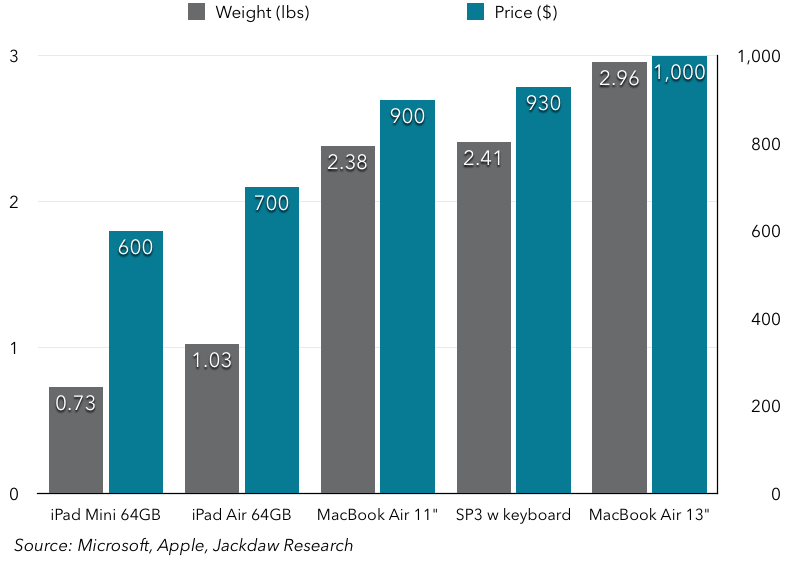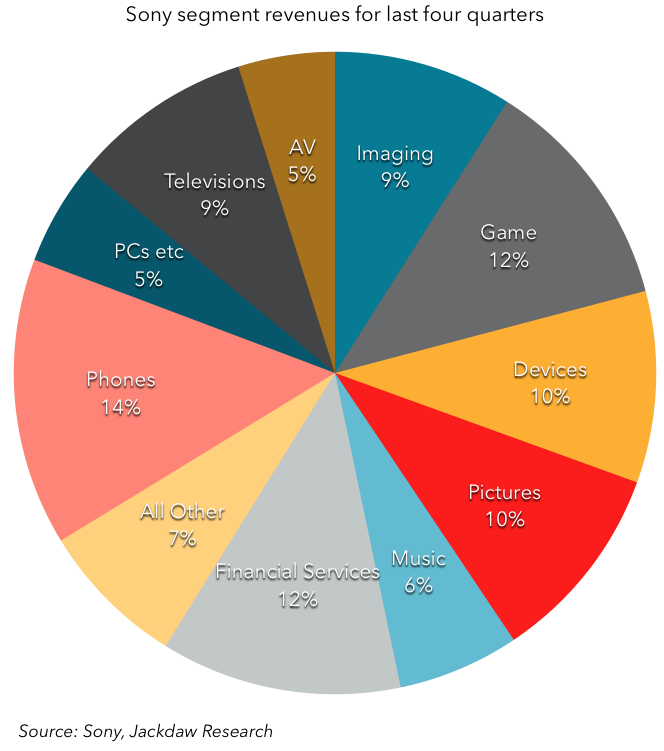On Wednesday this week, Google kicks of its developer event, Google I/O, completing the trifecta of major developer events with Microsoft’s Build and Apple’s WWDC. These events set the stage for at least the next year for these companies, and in some cases far more. And though they’re targeted at developers, they often tell us a great deal about the companies’ outlook and strategy beyond just those who write for their various platforms. As such, I thought it would be useful to outline three big questions for Google to answer at I/O later this week, and what the answers might mean. I’ll be at I/O for the keynote Wednesday morning at least, and I’ll be sharing my thoughts during the event on Twitter, and afterwards here and at Techpinions.
Which way will the pendulum swing between open and controlled?
Android has famously been described since its release at Google as an open operating system, and is literally an open source operating system at least as far as the AOSP version is concerned. But Google has been steadily chipping away at this openness, by preventing licensees of the Google Mobile Services package from also selling forked versions of Android, by allegedly putting pressure on Samsung to tone down its UI customizations, and by abstracting more of the core features of Android into standalone apps. At the same time, it’s acquired Nest (which is itself now acquiring Dropcam), has developed Google Glass and self-driving cars and released the Chromecast dongle for TVs. All of these products combined Google-owned hardware with Google-owned software, a departure from the platform approach it has taken with Android. Is this new, more controlled approach the shape of things to come, and the way we should think about Google’s approach to the markets it will enter in the coming years, or are they anomalous? Will Google the platform and software company become Google the hardware company, even as it rids itself of by far its biggest hardware unit in the form of Motorola?
How does Google think about integration between its platforms?
Both Microsoft and Apple showcased their approaches to cross-device and cross-platform integration at their respective developer events, and they’re quite different, as I’ve talked about here previously. Both of those companies have two separate operating systems, and they’ve talked about how they bring those together for end users. Microsoft has focused more on a common user interface at the end user layer, and a common kernel and tools at the developer layer, while Apple has focused on a common and integrated user experience and now a common language. With two operating systems of its own in the form of Chrome OS and Android, Google needs to tell the story of how these come together for both users and developers. So far, Google’s integration has been largely focused on its services, which operate not just on any of Google’s platforms but on third-party platforms such as iOS and Windows as well. But as its two major competitors focus on deeper integration between their platforms, Google’s two platforms feel as far apart as they ever have. Will putting them both under one leader in the form of Sundar Pichai change things? What will we see at I/O that demonstrates that Google understands the need to rationalize these two operating systems in some form?
How will Google respond to the privacy gauntlet thrown down by Apple?
At WWDC, Apple focused more than it ever has on its approach to security and privacy, with several explicit digs at Google in the process. HealthKit, HomeKit, iOS and its sandboxing approach, preserved even as Apple adds Extensibility – in all these announcements, Apple reiterated its commitment to securing its users’ data and protecting them from intrusions from both malicious actors and over-zealous marketers. Google has always pushed the boundaries in terms of privacy and security, both policing Android less than Apple polices iOS from an apps perspective and itself intruding ever more on users’ privacy. With the Nest acquisition (and now the Dropcam acquisition) Google has been forced to make clear statements about the separation between these units and Google itself from a data perspective. DuckDuckGo continues to grow rapidly if at a very small scale as an alternative to Google in the search engine world. Reverberations from the Snowden revelations continue to be felt. Samsung continues to build its own enterprise security and device management capabilities on top of Android. How will Google respond to all this? How will it demonstrate that it is creating not only secure platforms but platforms and services which respect user privacy?
Beyond product and feature announcements
I think we’ll see explicit or implicit answers to all these questions at I/O, and those answers will signal broader strategic shifts from Google which will be felt for years to come. Yes, it will make individual product and feature announcements including – in all likelihood – a new version of Android, the first Android Wear products and others. But it’s these big strategic choices that will have far more impact over the long term.


